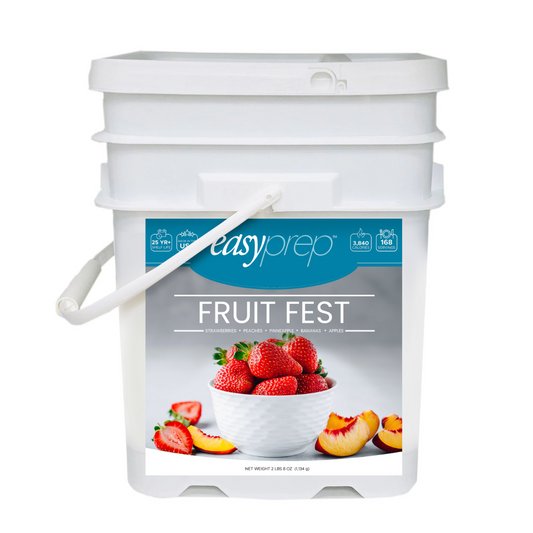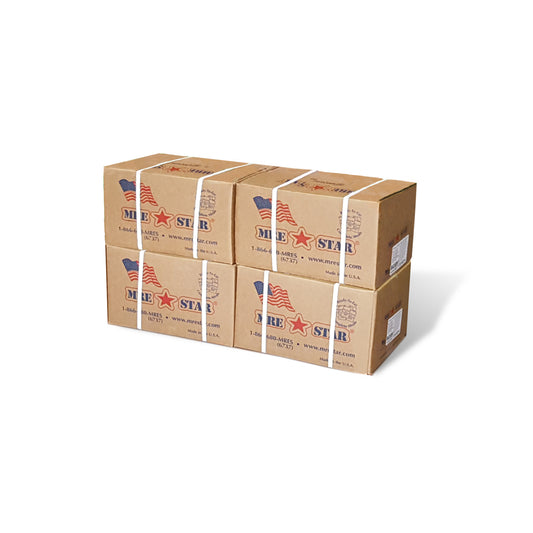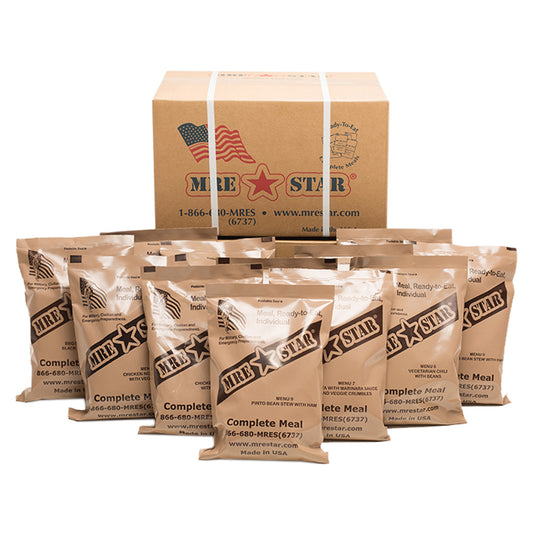What to Do in the Case of a Tornado
Essential Guidelines for Tornado Preparedness
With spring here, tornado warnings are likely to be a concern in the Midwest. These severe storms require careful planning and preparation to ensure safety. While tornadoes might bring to mind “The Wizard of Oz,” they also bring serious danger. Following a tragic news report about a tornado’s impact on a small town, it became clear that people often fail to prepare adequately. To help you stay safe, here are four simple guidelines to follow:
Step 1 - Have a Safe Shelter
If you are indoors during a tornado or when you hear the sirens, move to your basement or the lowest floor in your house. A windowless bathroom is a good option because the pipes reinforce the walls, reducing the risk of collapse. Protect yourself by covering up with a thick blanket and lying in the bathtub to avoid debris. Alternatively, a closet or windowless bedroom can serve as a shelter. If you’re at work or school, check with your employer or teacher for recommended shelter areas. For those living in tornado-prone areas, ensure you are familiar with these recommendations.
Step 2 - Have an Emergency Kit
Having an emergency-supply kit is crucial. It should include enough supplies for at least 72 hours, as it typically takes rescuers this long to reach victims after a major disaster.
- Food & Water
- Warmth (& some form of temporary shelter)
- Light & Communication
- Emergency Tools
- Sanitation & Hygiene
Additional personal items to consider for your 72-hour kit:
- Prescription medications and glasses
- Infant formula and diapers
- Important documents (insurance policies, birth certificates, marriage certificates, bank records) in a waterproof container
- Cash, traveler’s checks, and change
- Mess kits, paper cups, plates, plastic utensils, paper towels
- Books, games, puzzles for children
- Pre-paid phone cards or coins for emergency use
Step 3 - Communicate with Friends & Family
Develop a communication plan for emergencies. Here’s what to do:
- 3a) Have an Out-of-State Contact: Designate someone outside your immediate area to contact after a disaster. This person can inform others of your status or request help if needed. Note that local calls might be impossible due to the disaster, so stay calm and wait for the phone lines to be restored.
- 3b) Plan a Meeting Location: Inform your out-of-state contact of your planned meeting place. This way, if family or friends contact them, they can relay your whereabouts or meeting plans.
- 3c) Stay Updated: Use radio or television to receive timely updates. A radio with channels for disaster updates, such as NOAA Weather Radio, is recommended for staying informed.
Step 4 - Understand the Signs of a Tornado
Be aware of these common tornado signs:
- Green Skies: A greenish hue in the sky can be an indication of a tornado, although it’s not a guarantee.
- Hail or Heavy Rain: Large hail or unusual heavy rain may signal a tornado. Seek shelter immediately and check the local forecast.
- Tornado Sirens: Familiarize yourself with tornado siren sounds and take them seriously by seeking shelter right away.
- Whirling Dust or Debris: If you see dust or debris spinning up under a cloud base, it’s a strong sign to seek shelter.
- The Silence: A sudden, eerie quietness can occur before a tornado. Do not leave your shelter until the all-clear is given by tornado sirens.
Stay prepared and stay safe. For more information on tornado preparedness, visit The Ready Store.












